Understanding the Master Plan of the Project
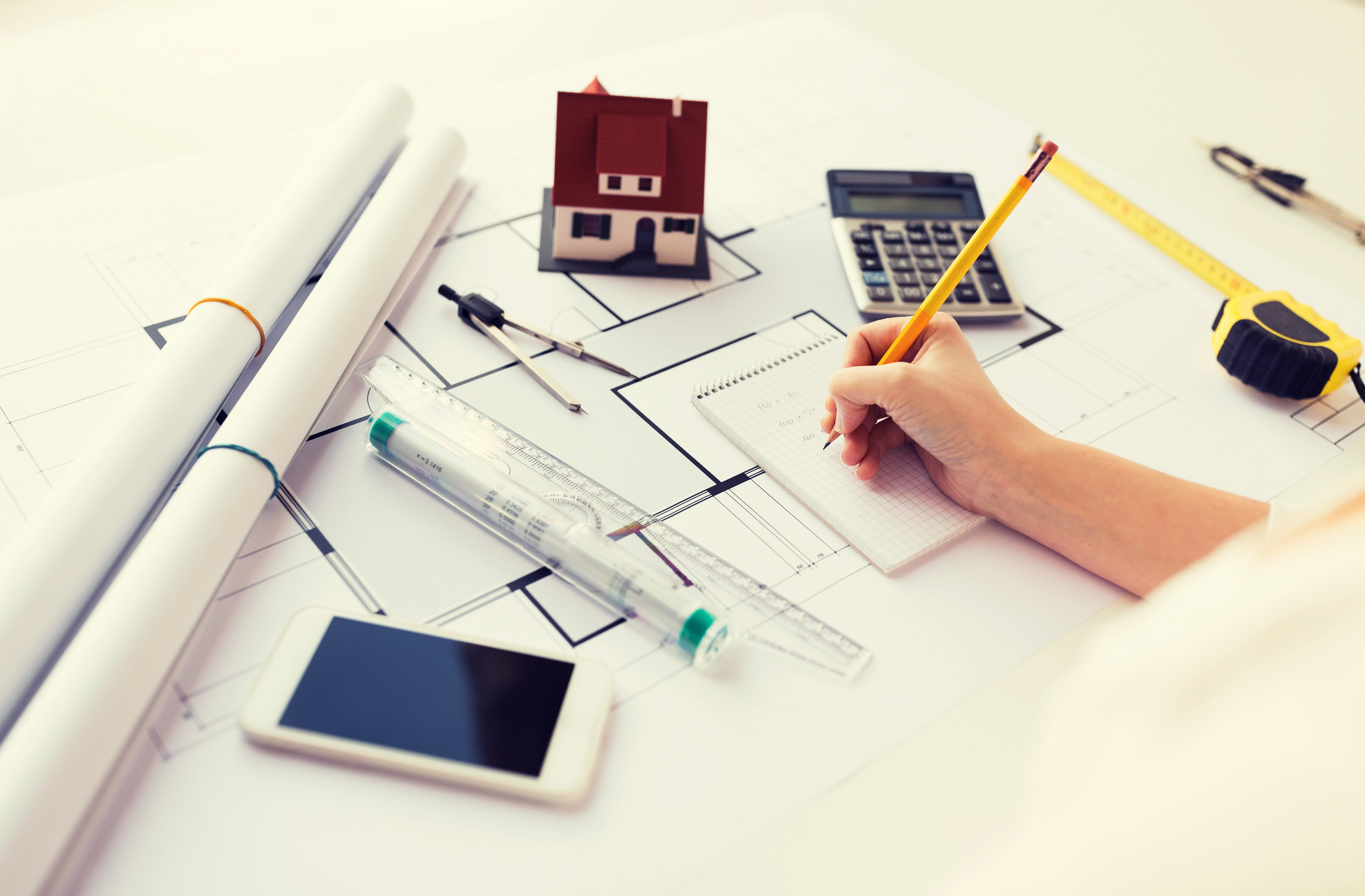
Buying a house isn’t about just finding the perfect unit or floor. It is more so about the project design. The ‘Master Plan’ is one very important document or file that is directly linked to the core project design, concept and planning. It also provides a conceptual outline to direct future growth and development.
The Master Plan provides insights into the interaction between buildings, surrounding environment, site’s land use, existing development, physical characteristics, infrastructure development plan, the space planning, sustainability, parking spaces, compulsory margins, entry, internal roads, plot area, location and size of the mandatory amenity spaces etc. Since master development encompasses developing a framework for the complete structure, it outlines every last detail in order to balance and harmonize all elements.
Note that the Building Plan and the Layout Plan are submitted by the builder to RERA before starting the construction activities and hence are approved documents that you should definitely understand and check. Building Plan is an assurance that the building conforms to the building laws, while the approved Layout Plan is the building planning done and permitted as per approved FAR (Floor Area Ratio) or FSI (Floor Space Index). While assessing the ease of living at present, understanding the Master Plan will also give indications of how effective and efficient your house and the entire project premise will be in the foreseeable future.
Here are some pointers that are very important when it comes to reading and analysing the Master Plan of a project:
ACCESSING BOTH MASTER PLANS
Do you know that the Master Plan in the marketing collateral or brochure that is shared with you can be different from the one submitted to RERA by the Developer? This is because the Master Plan in the brochure is simplified for your understanding and clarity. Therefore, as a first step, ask for both the Master Plans. Enquire about any differences that you notice between the two and get clarity on all aspects, significant or trivial.
READING THE MASTER PLAN
Before you start reading the Master Plan, the direction is to be checked. The North sign on the plan shall provide an orientation to the Master Plan, the buildings, amenities and also your individual unit or apartment. If a legend is present on the Master Plan, read it along with the markings made on the plan. It is important to read the Master Plan as a whole to tie together the different elements and understand their interaction with one another.
PLOT PARTICULARS
- Asking about the mandatory amenity areas, open spaces and reserved spaces is important when reading a Master Plan. The location and expanse of these mandatory spaces in the Master Plan can impact your particular building, unit and lifestyle.
- Understanding the plot-specific details that affect the Master Plan is important. For example, ask and know about any river or nallah, high-tension cable lines or city-level infrastructure passing through the plot.
- More importantly, know about the impact these inherent plot features can have on your living and lifestyle, in the present and the future.
- Also, on close observation, you can understand if the Master Plan harnesses the natural features of the plot ground levels in terms of the terrain – flat, slope, skewed etc.
- Recognising the topography will enhance awareness about the quality of soil in the project, the natural properties of the land, flow of rain water, the plot characteristics etc.
PHASE-WISE DEVELOPMENT
Read the Master Plan to comprehend the proposed development by the builder. Note that if a phase-wise plan exists, it may or may not be delineated on the Master Plan. Ask for more details based on the phase-wise development, if any, and its impact on your accessibility, usability and comfort in the longer run. The phase-wide development may have a bearing on the presently highlighted functional spaces and the common areas etc. The sanctioned intent to develop submitted by the builder to RERA can give you more understanding in this regard and outline the details.
BUILDINGS
- Understand as a whole the various configurations available in the housing project and the location of the buildings with these configurations in the Master Plan. For instance, the building with the 3BHK apartments might be at a more advantageous location as compared to the one with the 2BHK apartments. Knowing the analogous locations of the buildings on the Master Plan will help you choose the one that you prefer in terms of location, direction, entrance and exit, footprint etc.
- The building coverage on the plot is an important aspect to note. The footprint of buildings i.e. the space occupied by the structures as compared to the open spaces should be less. Because more open spaces means the project is designed to have less density. Dense living with more hardscapes and less greenery can be damaging and feel overcrowded in the longer run.
- Take note of the total number of units and draw a parallel with the percentage of open space available to each.
- Understand the location of the mandatory units for inclusive housing. As part of inclusionary housing, a percentage of units are permanently made affordable to families at specified income levels, catering to the urban poor. Knowing the location of these units can facilitate you to choose your unit.
TREES AND GREEN COVERAGE
The Master Plan will show the green coverage of the plot and thus will help you know about the retention of natural resources and terrain as part of the design. A natural terrain will preserve the aesthetic aspect of the plot while also making it eco-friendly and nature-oriented. The trees and green coverage, along with the density of the project, are important factors to note and explore into.
SPATIAL LAYOUT PLANNING
- Check for the spatial layout planning on the Master Plan. When looking at the Master Plan, see it from an accessibility and connectivity point of view, generally and microscopically.
- The circulation of pedestrians, vehicles, services, entry to basements, lift lobbies, ramp location and proximity etc. should be well mapped and studied. These circulation patterns and accessibility options will be insightful when evaluating the movement around the public spaces and their connections with one another. For example, a pedestrian track crossing across a vehicular path will be a nuisance for safe living.
- Also, take note of the total parking footprint. Some ramps and parking spaces below the ground level i.e. in the basement aren’t mapped on the Master Plan. Asking about the parking footprint is important to ensure your building has adequate parking that is not just easily accessible, but also safe and convenient.
ORIENTATION OF YOUR HOUSE AND BUILDING
- Once you have identified the direction and orientation of the Master Plan at a macro level, look closer to understand the distance between the adjacent buildings within the project premise, the direction of the buildings, the number of floors in each, the direction of all major openings etc.
- An in-depth orientation study is extremely important to understand where your particular building will be placed in the larger scheme of things. Evaluate the orientation with regards to solitude, privacy, access and views.
- Bear in mind that the direction of the plot and the building’s placement or alignment will also dictate the sun and wind patterns. For example, a building facing north will help conserve energy in terms of receiving diffused sunlight all day. If that’s your preference, be mindful of the orientation of the entire building and also your particular house.
ADJACENT PLOT AND HEIGHT OF BUILDINGS
With decreasing availability of land and increasing population and construction activities, it is now common that there exist diminished margins around plots. The distance from the adjacent plot should be taken note of when accessing the Master Plan. A very close neighbouring plot or a high building next to your potential house will hamper the privacy, influx of natural light and wind flow, the surrounding views that you desire for etc. Hence, when looking at a Master Plan of a particular project, also look at the margins discernible between the adjacent plots and the neighbouring buildings or developments.
ACTIVITY AREA PLANNING
In the Master Plan, read into the areas segregated for various activities. The house you are interested should be evaluated from the proximity, noise and activity levels that the surrounding areas shall have. For example, a swimming pool right outside your balcony or an entrance facing the lift lobby can cause disturbance throughout the day because of frequent and heavy movement. The zone segregation should be studied to understand the activity levels in and around your house and building.
SERVICES
The location of all sewage treatment plants, gen-set, OWC, water tanks, solar infrastructure is important to determine the amount and levels of sound and foul smell you can expect when you start living in a unit near to a common facility. For example, living in a house adjacent to the STP, may become troublesome in the future; analyse the proximity carefully. Also, the efficiency of these services may also be affected depending on your distance from them. Understand the Master Plan basis these factors and also the fire evacuation plan details. Proximity to the emergency exits will ensure your house is in a safer spot.
WATER SUPPLY AND DRAINAGE
Water is one of the most important resources that you will need day in and out. Hence, in the Master Plan, look for the water storage, supply and drainage facilities. The planning, designing, construction, and operation of these facilities are crucial to understand for smooth and convenient living. The infrastructure for water conservation should also be understood.
LIFESTYLE-DEPENDENT MASTER PLAN
Have got senior members who would require a wheelchair to move around in the premises? Or planning to get a pet that will be taken out on frequent walks around the project? For these and other similar situations that are very specific to your individual lifestyle, evaluate the Master Plan prudently. At the end of the day, the project premise should be lifestyle-accommodating and enhancing for all your family members.
TRANSITION PATH FROM THE OUTSIDE TO THE INSIDE
Typically, the volume and the scale decrease from the entrance of the project to the entrance of your house. Take note of the movement from the entrance or the parking to your particular house unit. A thoughtful Master Plan with a welcoming aura and a rich sense of unfolding can enhance your experience. The transition should be smooth and welcoming. It should be a well-defined sequence without any chances of feeling lost or disoriented. Remember that moving inside the project premise should give a feeling of coming home. The flow from the outside to the inside should be well-ordered with a series of interesting spaces waiting to be experienced and appreciated.
SITE VISIT
While the Master Plan may be self-explanatory on paper, it is important to visit the site to understand the Master Plan completely. The physical inspection will help you engage with the surrounding and thoughtfully evaluate the design from a comprehensive standpoint.
All these aspects presented in the Master Plan are significant for your holistic living. Thus, look around, dissect the Master Plan to understand the fundamentals and then invest in a house. As a thumb rule, do not just choose a house, choose the entire project plan; the Master Plan in its entirety should feel like ‘home’. A Master Plan that enables you to live, interact and grow in an all-inclusive manner should be your choice.
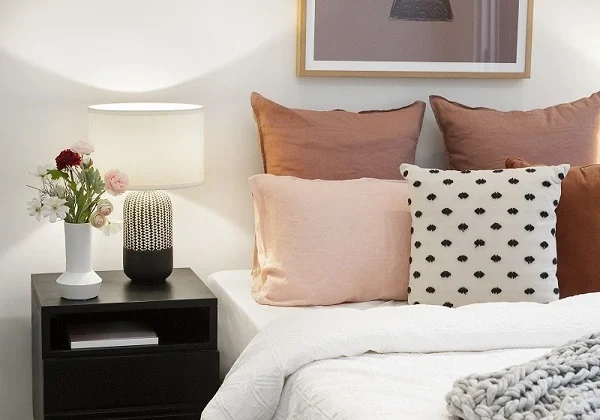


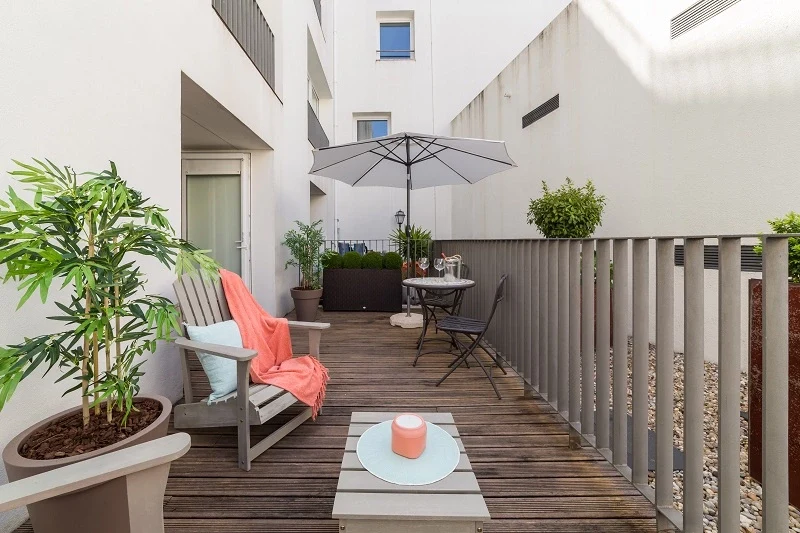

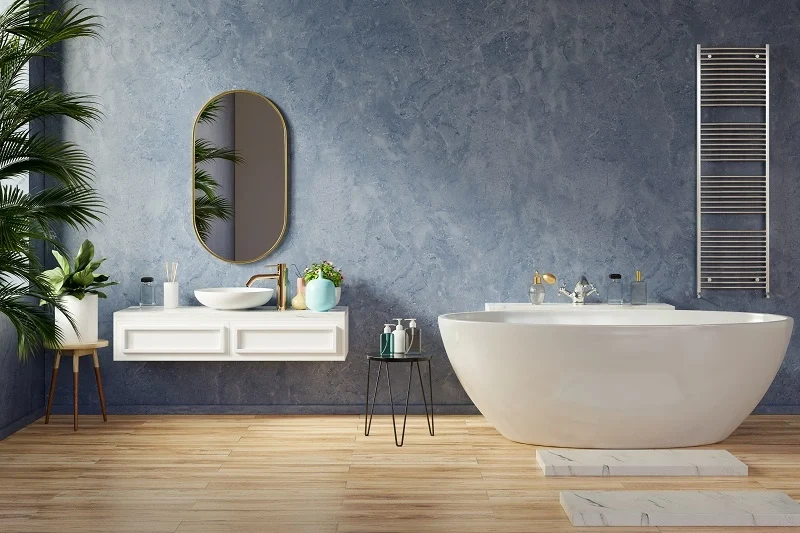
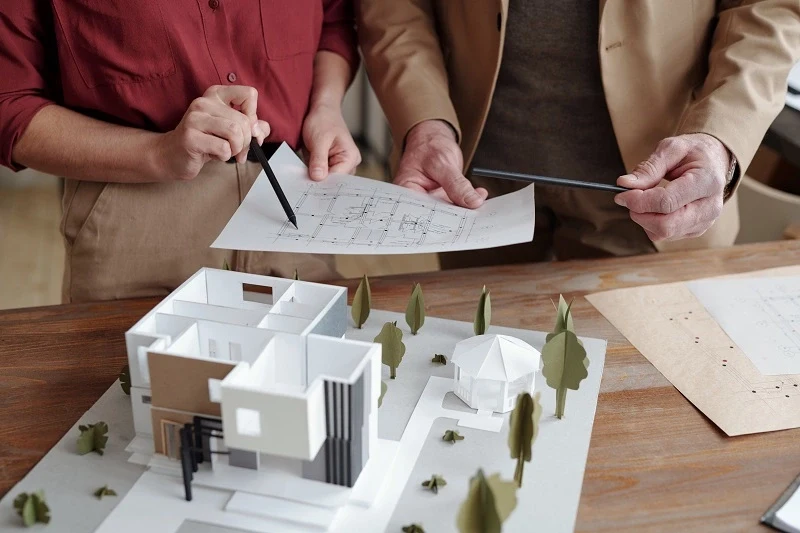
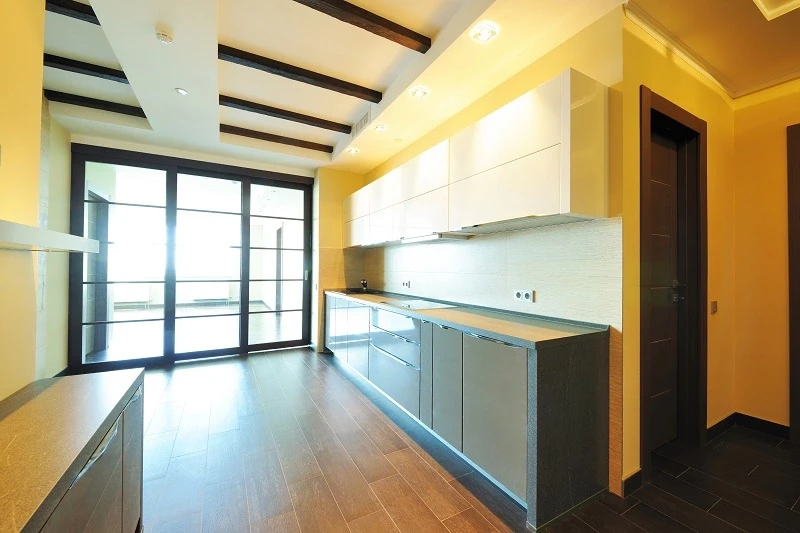

Ask a Question